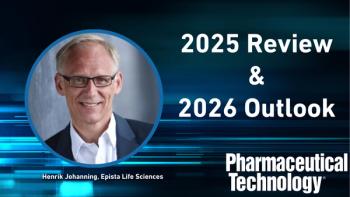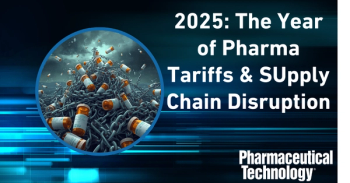
FDA Publishes Guidance for Preventing Cross-Contamination
FDA recently published guidance for preventing the cross-contamination of finished pharmaceuticals and active pharmaceutical ingredients with nonpenicillin beta-lactam antibiotics.
FDA recently published guidance for preventing the cross-contamination of finished pharmaceuticals and active pharmaceutical ingredients with nonpenicillin beta-lactam antibiotics. The
Like penicillin, nonpenicillin beta-lactam drugs may be sensitizing agents that trigger hypersensitive allergic immune responses in patients. Cross-contamination of drugs with nonpenicillin beta-lactam drugs can cause reactions that range from rashes to anaphylaxis, which may be life-threatening.
The guidance recommends that manufacturers assess and establish strict controls, including facility-design provisions that ensure separation, to prevent cross-contamination with nonpenicillin beta-lactam drugs. “FDA expects manufacturers to treat sensitizing nonpenicillin beta-lactam-based products similarly” to penicillin, and to separate production facilities for the former drugs, following current good manufacturing practice, according to the guidance. Manufacturers should create “appropriate separation and control systems” to prevent cross-contamination, the guidance says.
Manufacturers should structurally isolate the section of a facility dedicated to manufacturing a sensitizing nonpenicillin beta-lactam from facility areas in which other drugs are produced. “Manufacturing that is restricted to a specific class of beta-lactam compound (e.g., the cephalosporin family of products) would generally not mandate separate facilities and air-handling systems, and could permit production campaigning and cleaning as sufficient control,” says the guidance.
A section within 21 CFR 211 requires drugmakers to institute building and facility controls to prevent cross-contamination of drug products, and the regulation describes the establishment of separate areas for operations as necessary to prevent contamination during manufacturing or processing. In addition, 21 CFR § 211.42(d) requires that operations relating to the manufacture, processing, and packing of penicillin be performed in facilities separate from those used for other drug products. These provisions are similar to those in the ICH Q7 guidance, which recommends dedicated production areas (e.g., facilities, air-handling equipment, or processing equipment) in the production of highly sensitizing materials.
Newsletter
Get the essential updates shaping the future of pharma manufacturing and compliance—subscribe today to Pharmaceutical Technology and never miss a breakthrough.




